M27 Dumbbell Nebula in common and exotic bands
Planetary, supernovae, and Wolf-Rayet nebulae will emit light at multiple wavelengths. We commonly use [O III], [S II] and H-alpha. Visually sometimes H-beta.
There are however other emission lines that can be captured from such targets. If there is some dust blocking background starlight we can pierce it partially using long wavelengths past [S II] emission wavelength. This opens some new opportunities for astrophotography.
Dumbbell Nebula
M27, NGC 6853 is a planetary nebula that is quite well known to amateurs. I'll use it to showcase its look in different bands, but let's start from the emission spectrum:

You can notice really strong [O III] emission lines followed by [N II] doublet and H-alpha between it. Nitrogen emission is quite common for such nebulae while it will be absent for H II regions nebulae as those are just big clouds of ionized hydrogen. Very narrow H-alpha filters (3nm) will cut off the majority of [N II] emission making such nebulae look somewhat different but also dimmer.
In the UV we have neon and H-epsilon emission lines. UV is hard to image from the surface of the Earth due to severe atmosphere scattering and absorption of short wavelengths. It's also affected by atmospheric dispersion and bad seeing the most.
Between green [O III] and deep-red H-alpha we get two potentially interesting bands - neutral oxygen [O I] at 630nm (red) and [He II] at 587nm. Some nebulae can also have a [Ar III] emission line at 713nm.
Neutral oxygen will be different in the looks than [O III] and likely coming from structures in areas of stronger ionization. The helium emission line will be coming from the whole area of strongest ionization and usually will be a fuzzy blob around the white dwarf. Additionally, the [He II] emission line is dead-center in the sodium lamp emission spectrum making it very fragile to light pollution.
You can find spectra of other nebulae at web.williams.edu.
Aside from emission lines we can have reflective nebulosity where starlight or white dwarf glow is reflected from nearby dust. Such nebulosity will be visible when imaging through a narrowband filter not covering any emission line.
Then we have the dust itself. It will block starlight from stars behind it from our point of view. Scientists use deep infrared wavelengths to look through dust while we also can use near-infrared wavelengths to see much more background than what's visible in visual light (and with nebulae emission lines).
For imaging shorter wavelengths are harder to handle and many astrophotographers can complain about [O III] in this regard. On nights with some moonglow or overall you could do some IR or red/IR emission line imaging and skip shorter wavelengths altogether.
M27 through different bandpass filters
The images were made with an Omegon veTEC 432 M camera (IMX 439, 9um pixels), Bresser 200/800 Newtonian, and Explore Scientific Coma Corrector. Around 20 x 120s frames were stacked for each image.
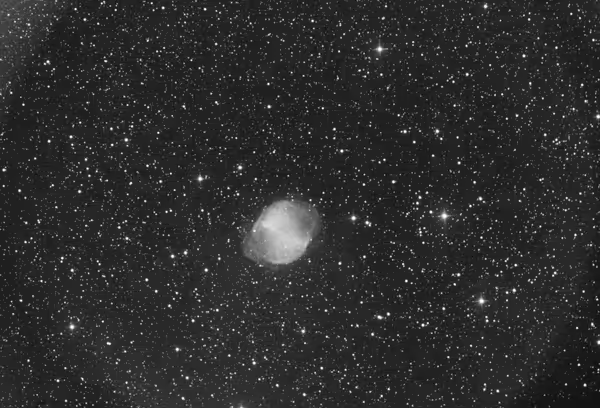
![Baader [O III] standard](/media/f4VAa4-QlC-600.avif)
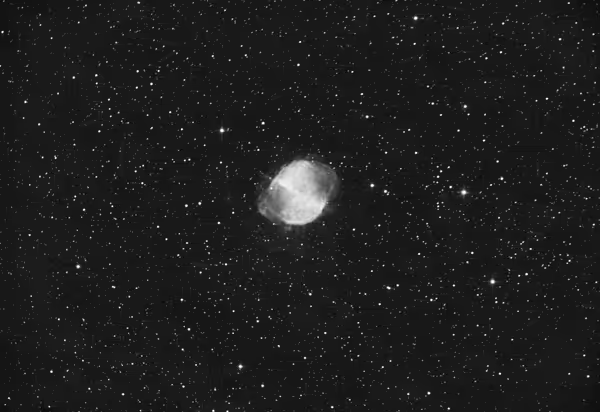
Astronomik CLS-CCD is a wide anti-light-pollution filter. It passes all emission lines while the nebula will be dominated by [O III] as it's the strongest emission line.
![Optolong [S II]](/media/tV6eWdemh8-600.avif)
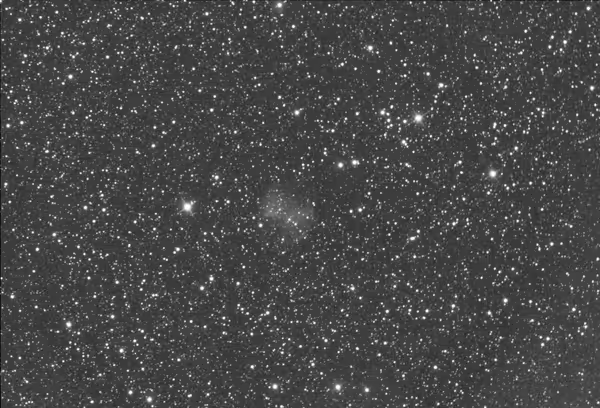
Near infrared isn't blocked by dust as much as shorter wavelengths, and it also doesn't contain any strong emission lines.
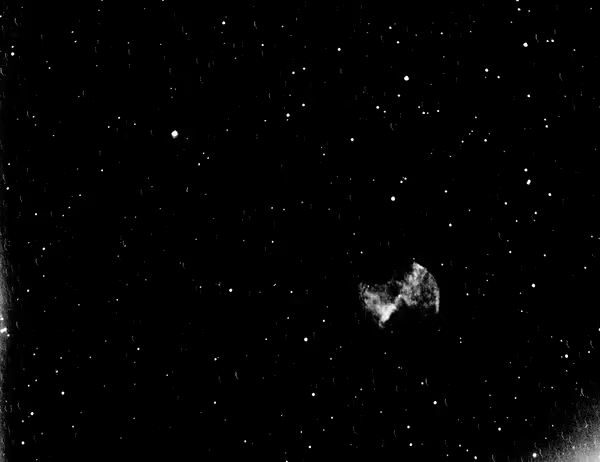
UV is hard for imaging and here there was barely any signal available. Aside from some UV planetary imaging, this band is not used in amateur astrophotography. Scientists do however like UV very much.
![Custom [He II] filter](/media/in7c82jrWg-600.avif)
![Custom [O I] filter](/media/BsLtJ9zdCk-600.avif)
Helium will show the most ionized area but also got hit hard by local street lights. [O I] is somewhat similar to [S II] in this case, showing some interesting structures close to the core of the nebula.
Previously I used some cheap Edmund Optics filters to do He/[O I] imaging but this time I did try some filters from Aliexpress - some bands are available on the cheap as they are used in various optics systems, laser lines, and so on. The filter is 25 mm diameter so it's smaller than a typical 1,25" filter. There are bigger sizes but I didn't get those.
I'll cover Aliexpress filters in a separate article. You can check Thorlabs and Edmund Optics options as well. Chroma should be able to provide quality filters but at a price. The 630nm [O I] filter can also be used for imaging comets.
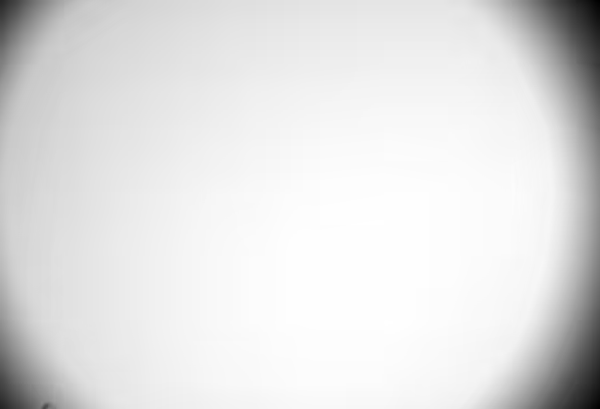
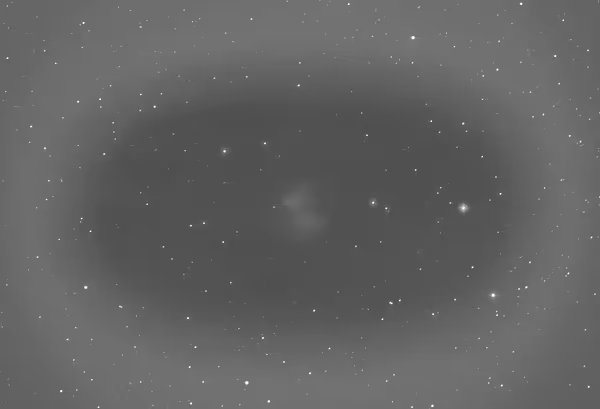
Other authors using exotic bands
Richard Crisp has some helium images:
- Helix nebula (NGC 7293)
- Ring nebula
- Dumbbell nebula
Comment article